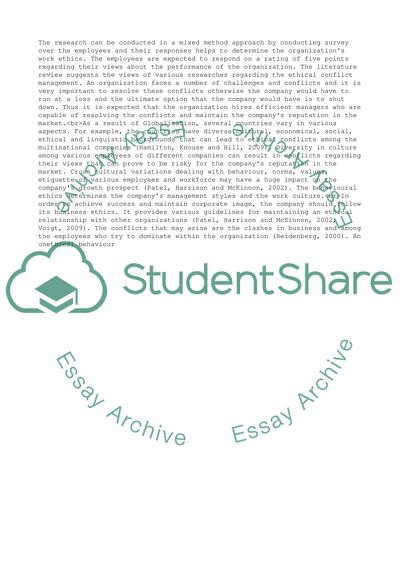Cite this document
(“Methods of Enquiry - Research Proposal - International Ethics”, n.d.)
Retrieved from https://studentshare.org/business/1686096-methods-of-enquiry-research-proposal-international-ethics-conflicts
Retrieved from https://studentshare.org/business/1686096-methods-of-enquiry-research-proposal-international-ethics-conflicts
(Methods of Enquiry - Research Proposal - International Ethics)
https://studentshare.org/business/1686096-methods-of-enquiry-research-proposal-international-ethics-conflicts.
https://studentshare.org/business/1686096-methods-of-enquiry-research-proposal-international-ethics-conflicts.
“Methods of Enquiry - Research Proposal - International Ethics”, n.d. https://studentshare.org/business/1686096-methods-of-enquiry-research-proposal-international-ethics-conflicts.


